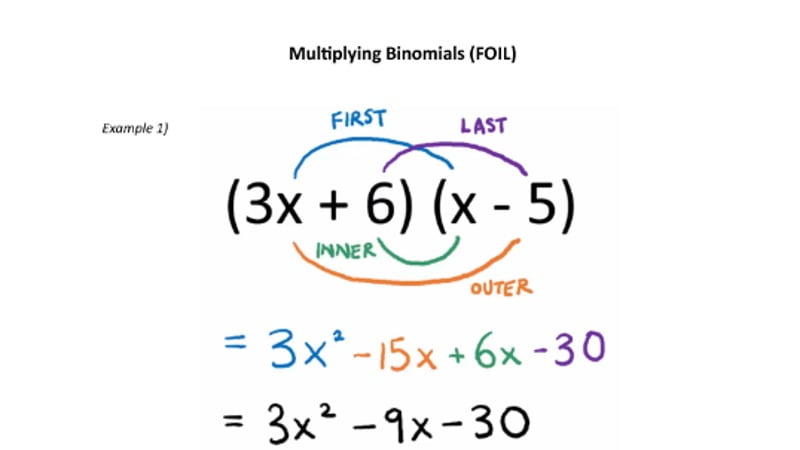
NEW YORK, NEW YORK – AUGUST 14: A board displays the closing numbers on the floor of the New York Stock Exchange (NYSE) on August 14, 2019 in New York City. Following news of an economic slowdown in both Germany and China, concerns over a recession
GETTY IMAGES
On the morning of Wednesday, August 14, an unusual event took place in the bond market. Longer-term interest rates fell below shorter-term interest rates. It caused quite a tizzy in the financial markets. You won’t find ‘tizzy’ among the 2,500 words in the Dictionary of Economics, but it’s a good word to use if you’re talking to your grandmother.
The event that caused the ruckus (another good word) was an inverted yield curve, a phenomenon than spooked investors and triggered an 800-point drop in the stock market. If you don’t understand yield curve inversions, don’t feel bad. Most people—including journalists—can’t explain it, either. And that’s why they turn to people who can explain complex topics simply, concisely, and clearly.
Since the inverted yield curve is a confusing and complex topic with a huge impact, it’s worth studying the method good speakers use to explain it to general audiences. After all, communicators who stand out in any field can translate complex topics into words mere mortals can understand.
This weekend I reached out to the one person who knows the most about inverted yield curves—Campbell Harvey, a Duke University finance professor. Harvey wrote a dissertation in 1986 that first showed the yield curve’s ability to predict recessions. At the time, his model had correctly predicted the previous four recessions. It has predicted all three recessions since its publication, too.
With professor Harvey’s help, I’ll demonstrate how to explain the inverted yield curve to your grandmother. Why your grandmother? Because it’s the way a national news outlet asked Harvey to explain it.
These three steps apply to business leaders, scientists, entrepreneurs, and educators who struggle to articulate complex ideas or who want to improve their public-speaking skills.
1). Paint the big picture before details
The brain processes meaning before details. In other words, effective communication starts with the big picture.
For example, if I begin a conversation about inverted yields with the following statement, it would be hard for most non-financial experts to follow.
“On Wednesday, the yield on 10-year treasury bonds fell below the yield on 2-year treasuries.”
Although the sentence is technically accurate, its implications are difficult to understand for anyone who isn’t steeped in the workings of the bond market.
Good communicators don’t start in the weeds; they start with the big picture. In this case, the big picture might sound like this:
A powerful predictor of future recessions sparked fears of an economic downturn and triggered a sell-off in the stock market.
If you don’t read or hear another word about inverted yields, the big picture sentence explains a lot. It tells you something happened that could predict an upcoming economic recession. It tells you that whatever it was, it caused investors to flee stocks. While you still don’t know the details, you have a general idea of what caused all the ruckus. You get the gist of it.
When I spoke to Harvey, he made the big picture even more relevant and compelling. “Any indicator that has a record of predicting seven of the last seven recessions should matter to you,” Harvey said.
Harvey’s observation passes the grandmother test. My daughters’ grandmother—my mom—is an Italian immigrant. She doesn’t know what yield curves mean, but she knows what a recession is. She’s lived through ten of them since she moved to America in 1950.
People will pay closer attention to your idea once they know how it impacts them. Deliver the big picture in a sentence or two before diving into the details.
2). Use simple words
Now that your grandmother has a general idea about what happened and why it matters, we can explain some of the detail in plain language and simple words.
When a news reporter asked professor Harvey to explain inverted yields to his grandmother, Harvey responded with what he considered a simple paragraph, It wasn’t simple enough. Harvey had used the word ‘yield.’ In his second draft, Harvey replaced ‘yield’ with the more familiar term— interest rate.
Here is Harvey’s final quote for ABC News.
“If you lock your money up for a longer period of time, you almost always get a higher interest rate. However, today, things are backwards – 10-year interest rates are far below short-term rates. This is known as an ‘inverted yield curve.’ In the past 50 years, we have seen seven inverted interest rate curves. Each one was followed by a recession.”
In five sentences, Harvey explained the event and why it matters to a general audience. That’s hard to do. It helps that Harvey has had thirty years of teaching and speaking experience.
You can add more detail, of course. If you really want to get into the weeds, you can read all 124 pages of Harvey’s dissertation. This is where communication becomes more art than science. How much detail to include depends on how well you know your audience, their current knowledge, and how much more they wish to learn.
A good rule of thumb: Provide enough information to give your audience a substantive discussion about the topic without putting them to sleep.
3). Use analogies
By comparing an abstract concept to something that’s familiar, an analogy simplifies complex ideas. ABC News used a clever analogy as its headline. It called the inverted yield curve “A Recession’s Canary in a Coal Mine.”
The New York Times went even further, dedicating an entire article to a sports gambling analogy. It compared the yield curve event in the bond market to betting on a football team like the New England Patriots. According to the article, “The moves in the bond market over the last nine months and especially the last couple of weeks are the equivalent of what would happen if Mr. Brady and Mr. Belichick both announced that this would be their last season before retiring. The current outlook remains stable, but the outlook for the coming decade has gotten worse.”
Some economists and experts believe the conditions that led to this week’s inverted yields are distinct and may not signal a recession after all. They are concerned, however, that the news itself becomes a self-fulfilling prophecy as consumers and businesses pull back on their spending. It’s all the more reason for economists, financial experts, and the Federal Reserve to communicate information in language everyone can understand.
The simplest explanation of the inverted yield curve appeared in a headline on Vox.com. It read: A recession is coming! Maybe. Sometimes the fewest words convey the most information.
[“source=forbes”]












